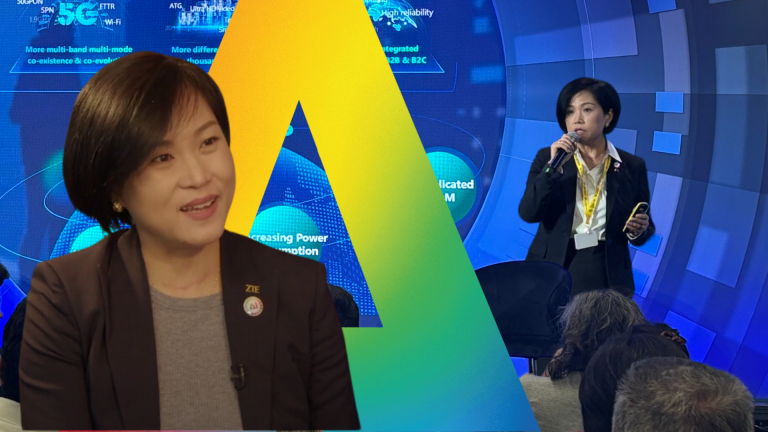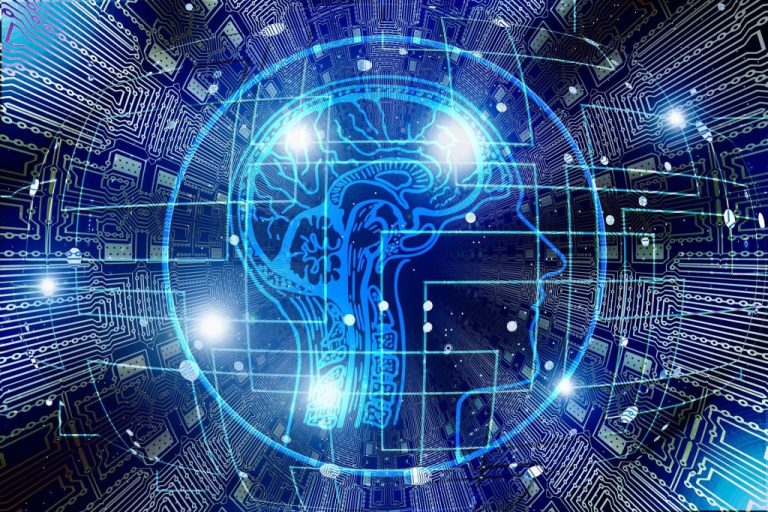Dolphin Chatter Decoded: How Google AI Analyzes Marine Communication
DolphinGemma: Google AI Model Understands Dolphin Communication
Google has introduced an innovative AI model named DolphinGemma, designed to decode dolphin chatter and potentially facilitate interspecies communication. The intricate array of clicks, whistles, and pulses emitted by dolphins has intrigued scientists for years, inspiring a quest to unravel the complexities of their vocalizations.
In collaboration with engineers from the Georgia Institute of Technology and utilizing extensive research from the Wild Dolphin Project (WDP), Google aims to advance our understanding of cetacean communication through DolphinGemma. This AI model was unveiled in conjunction with National Dolphin Day and represents a significant tool in deciphering dolphin sounds. It has been specifically trained to analyze the structure of these vocalizations and even generate new sequences that mimic dolphin-like audio.
The WDP, operational since 1985, has conducted the longest continuous underwater study of dolphins. This extensive research has led to a comprehensive understanding of specific sounds and their contexts, such as:
- Signature “whistles”: Unique identifiers that serve a role akin to names, crucial for interactions like the reunion of mothers and calves.
- Burst-pulse “squawks”: Typically associated with conflict or aggressive situations.
- Click “buzzes”: Usually heard during courtship activities or when dolphins pursue sharks.
The WDP aims to unravel the underlying structure and possible meanings of these natural sound sequences, searching for grammatical rules and patterns that may indicate a form of language. This labor-intensive analysis has provided essential data needed to train advanced AI models like DolphinGemma.
DolphinGemma: The AI Ear for Cetacean Sounds
Understanding the intricate and vast communication of dolphins presents a unique challenge, ideally suited for AI-assisted analysis. DolphinGemma utilizes advanced audio technologies to address this task. It employs the SoundStream tokeniser to succinctly represent dolphin sounds, inputting this information into a model capable of processing complex audio sequences.
Leveraging insights from Google’s lightweight open models—part of the Gemma family—DolphinGemma operates as an audio-in, audio-out system. It learns from sequences of natural dolphin sounds sourced from the WDP’s broad database, developing the ability to identify recurring patterns. This model predicts likely subsequent sounds in a sequence, akin to how human language models anticipate the next word. With approximately 400 million parameters, DolphinGemma is also optimized for efficient operation, even on Google Pixel smartphones, which are used by the WDP for field data collection.
As the WDP begins deploying this groundbreaking model this season, it is poised to transform dolphin communication research. DolphinGemma will expedite the identification of patterns and sequences that previously required significant human effort, helping researchers uncover potential meanings within the dolphins’ natural communication.
The CHAT System and Two-Way Interaction
While DolphinGemma focuses on the analysis of natural communication, another initiative, the CHAT (Cetacean Hearing Augmentation Telemetry) system, explores a different direction by aiming for two-way interaction. Developed in partnership with Georgia Tech, CHAT seeks to create a simpler shared vocabulary rather than attempting to directly translate the complex language of dolphins.
This concept revolves around associating unique synthetic whistles—created by CHAT and distinct from natural dolphin sounds—with objects the dolphins enjoy, such as scarves or seaweed. Researchers intend to demonstrate the connection between the whistle and the object, leveraging the dolphins’ natural curiosity to encourage them to mimic the sounds for requesting these items. As more natural sounds are decoded through approaches like DolphinGemma, it is conceivable that these insights could be integrated into the CHAT interaction framework.
Google Pixel Enables Ocean Research
Both the analysis of natural dolphin sounds and the CHAT system’s interactive framework rely heavily on advanced mobile technology. Google Pixel phones serve as the processing hub for high-fidelity audio collection, enabling researchers to dive deeper into understanding dolphin communication.
The CHAT system exemplifies a remarkable advancement in real-time audio data processing within the challenging conditions of the ocean. Utilizing Google Pixel smartphones, the system can effectively detect potential mimics amidst background noise, identify specific whistles, and alert researchers through underwater bone-conducting headphones about a dolphin’s ‘request.’ This immediate feedback allows researchers to quickly provide the appropriate object, thereby reinforcing the learned association.
Initially, the CHAT system operated using a Pixel 6, but an upgraded version, set to launch in summer 2025, will incorporate the Pixel 9. This next generation will feature improved speaker and microphone capabilities, allowing it to run deep learning models alongside template matching algorithms for superior performance. Leveraging smartphones like the Pixel drastically reduces reliance on bulky, costly custom hardware. This shift enhances system maintainability, minimizes power consumption, and decreases the overall size. Additionally, the integration of DolphinGemma’s predictive capabilities into CHAT is anticipated to expedite the identification of mimics, facilitating smoother and more effective interactions.
Recognizing the value of collaboration, Google plans to release DolphinGemma as an open model later this summer. Although initially trained on Atlantic spotted dolphins, the model’s architecture shows promise for researchers working with other cetaceans, with potential adjustments needed for various species’ vocal patterns. The objective is to arm researchers worldwide with robust tools to analyze their acoustic data, thereby accelerating our collective understanding of these intelligent marine mammals. This initiative represents a shift from passive listening to actively deciphering communication patterns, potentially narrowing the communication gap between our species.
For those seeking insights into AI and big data from industry leaders, the AI & Big Data Expo will take place in Amsterdam, California, and London. This extensive event will run alongside others, such as the Intelligent Automation Conference and Digital Transformation Week, offering a wealth of knowledge on enterprise technology.
Reddit Files Lawsuit Against Anthropic Over AI Data Scraping
On June 5, 2025, Reddit initiated legal action against Anthropic concerning unauthorized data scraping practices. This lawsuit highlights ongoing tensions in the tech industry over the ethical use of data for training AI models.
The Modern ROI Imperative: AI Deployment, Security, and Governance
AI technologies are becoming essential in modern business strategies, focusing on improving ROI through deployment, enhanced security measures, and robust governance frameworks. As companies increasingly integrate AI into their operations, understanding its implications on security and regulatory compliance is critical.
AI Transition: From Enablement to Strategic Leadership
Businesses are not just looking at AI as a tool for functions; they are now leveraging it for strategic leadership. This shift enables organizations to drive innovation and make informed decisions that can shape their future.
Addressing Hallucinations in AI: An MIT Initiative
A MIT-affiliated spinout is pioneering ways to tackle the challenging problem of AI ‘hallucinations’—instances where AI generates incorrect or nonsensical information. The initiative focuses on training AI systems to acknowledge their limitations and express uncertainty when they lack the necessary information.
Popular Insights
- The Role of Machine Learning in Enhancing Cloud-Native Container Security – 39,357 views
- Innovative Machine Learning Uses Transforming Business Applications – 14,170 views
- AI and Bots Allegedly Used to Fraudulently Boost Music Streams – 12,033 views
- The Benefits of Partnering with Outsourced Developers – 10,365 views
Latest Content
Stay updated with the latest advancements and news in technology and AI by regularly checking our insights.
Artificial Intelligence Innovations
Tackling Hallucinations: MIT Spinout Teaches AI to Admit When It’s Clueless
Diabetes Management: IBM and Roche Utilize AI to Predict Blood Sugar Levels
DeepSeek’s Latest AI Model Viewed as a Step Backward for Free Speech
Categories
- Applications
- Companies
- Deep & Reinforcement Learning
- Enterprise
- Ethics & Society
- Industries
- Legislation & Government
- Machine Learning
- Privacy
- Research
- Robotics
- Security
- Surveillance
Other Publications
- Developer
- IoT News
- Edge Computing News
- MarketingTech
- CloudTech
- The Block
- Telecoms
- Sustainability News
- TechHQ
- TechWire Asia






